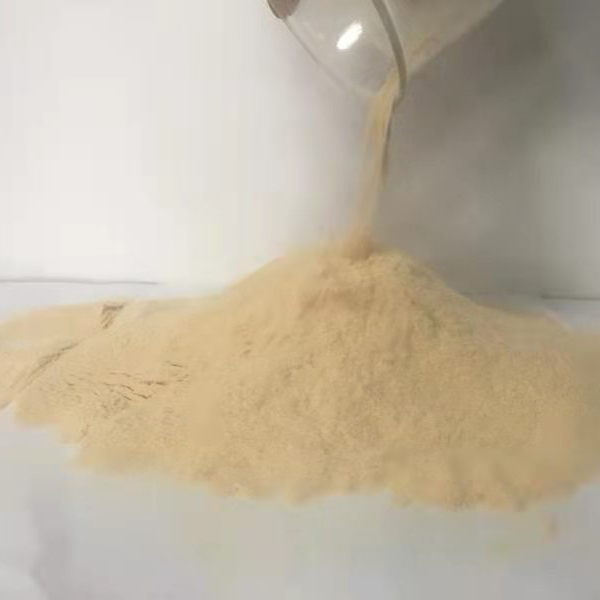
News
sie . 14, 2024 05:16 Back to list
Exploring the Benefits and Applications of Polyglutamic Acid and Hyaluronic Acid in Skincare
The Beauty of Hydration Polyglutamic Acid and Hyaluronic Acid
In the realm of skincare, hydration is paramount. The quest for dewy, plump skin has led to the rise of various ingredients renowned for their hydrating properties, with polyglutamic acid and hyaluronic acid topping the list. While both substances are celebrated for their ability to lock moisture into the skin, they possess unique qualities that set them apart.
Understanding Hyaluronic Acid
Hyaluronic acid (HA) is a naturally occurring substance in our bodies, particularly abundant in connective tissues, skin, and cartilage. It acts as a humectant, meaning it can draw moisture from the environment into the skin. With its remarkable ability to hold up to 1,000 times its weight in water, hyaluronic acid is a standout ingredient in many skincare products.
The benefits of hyaluronic acid extend beyond mere hydration. It helps to maintain skin elasticity and firmness, reducing the appearance of fine lines and wrinkles. Moreover, it has a soothing effect, making it suitable for sensitive skin. Many consumers find that incorporating hyaluronic acid into their skincare routine significantly improves their skin's texture and overall appearance.
However, the effectiveness of hyaluronic acid can be influenced by factors such as molecular size. Larger molecules can sit on the skin’s surface, while smaller ones penetrate deeper, providing more intense hydration. This is why many brands offer formulations that include varying sizes of hyaluronic acid for optimized results.
The Rise of Polyglutamic Acid
polyglutamic acid or hyaluronic acid

Polyglutamic acid (PGA), while lesser-known, is garnering attention in the skincare community for its superior hydration capabilities. Derived from fermented soybeans, polyglutamic acid is a peptide composed of multiple glutamic acid molecules. Like hyaluronic acid, it is a humectant that attracts moisture, but it can hold up to four times more water than its more famous counterpart.
One of the most enticing features of polyglutamic acid is its ability to enhance the performance of other skincare ingredients. When combined with hyaluronic acid, it not only amplifies hydration levels but also helps create a protective barrier that locks in moisture. This synergy leads to a more nourishing experience for the skin, making it an excellent addition to layered skincare routines.
Choosing Between the Two
While both polyglutamic acid and hyaluronic acid are exceptional for hydration, the choice between them may depend on individual skin needs. For those seeking immediate hydration and plumpness, hyaluronic acid is a potent option, especially for combination or oily skin types. On the other hand, polyglutamic acid holds great promise for those with dry or dehydrated skin, providing long-lasting hydration and a smoother texture.
Conclusion
Incorporating either polyglutamic acid or hyaluronic acid into your skincare regimen can yield impressive results, offering hydration and enhancing skin health. Understanding how these two ingredients work can help you make informed choices based on your skin’s unique needs. As the beauty industry continues to evolve, these powerful humectants stand as a testament to the science of skincare, proving that hydration is indeed the key to achieving healthy, radiant skin. Whether you opt for one or both, embracing hydration will undoubtedly pave the way to a luminous complexion.
-
Polyaspartic Acid Salts in Agricultural Fertilizers: A Sustainable Solution
NewsJul.21,2025
-
OEM Chelating Agent Preservative Supplier & Manufacturer High-Quality Customized Solutions
NewsJul.08,2025
-
OEM Potassium Chelating Agent Manufacturer - Custom Potassium Oxalate & Citrate Solutions
NewsJul.08,2025
-
OEM Pentasodium DTPA Chelating Agent Supplier & Manufacturer High Purity & Cost-Effective Solutions
NewsJul.08,2025
-
High-Efficiency Chelated Trace Elements Fertilizer Bulk Supplier & Manufacturer Quotes
NewsJul.07,2025
-
High Quality K Formation for a Chelating Agent – Reliable Manufacturer & Supplier
NewsJul.07,2025
